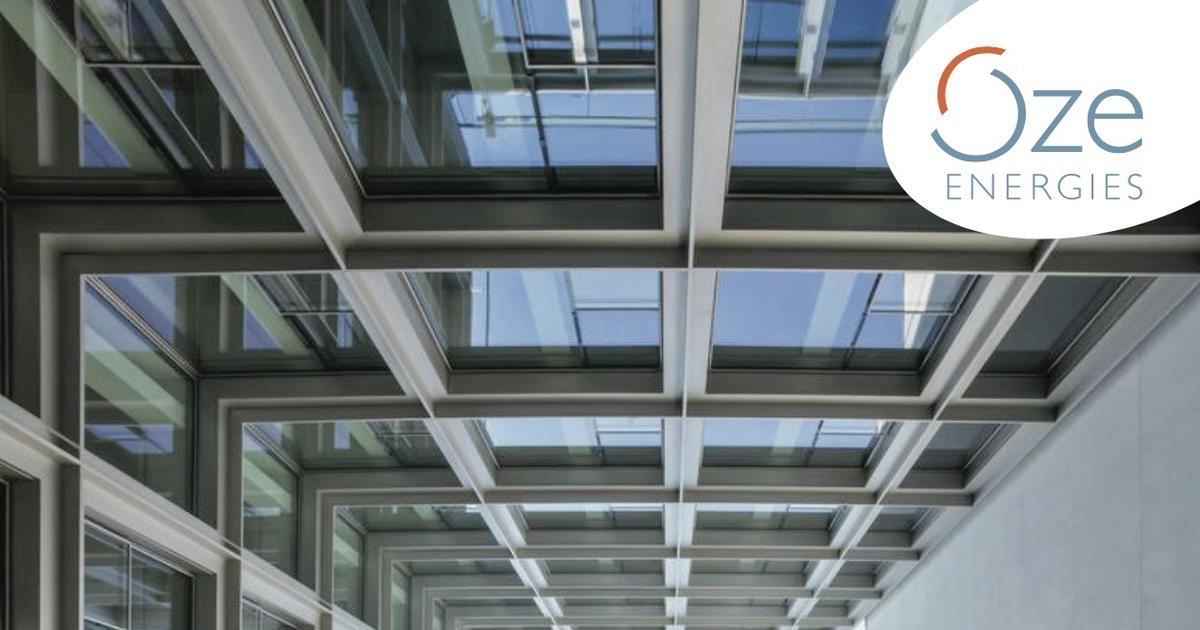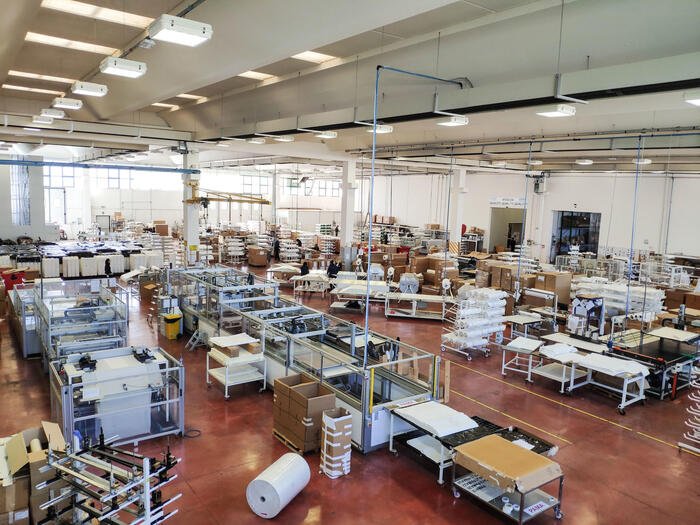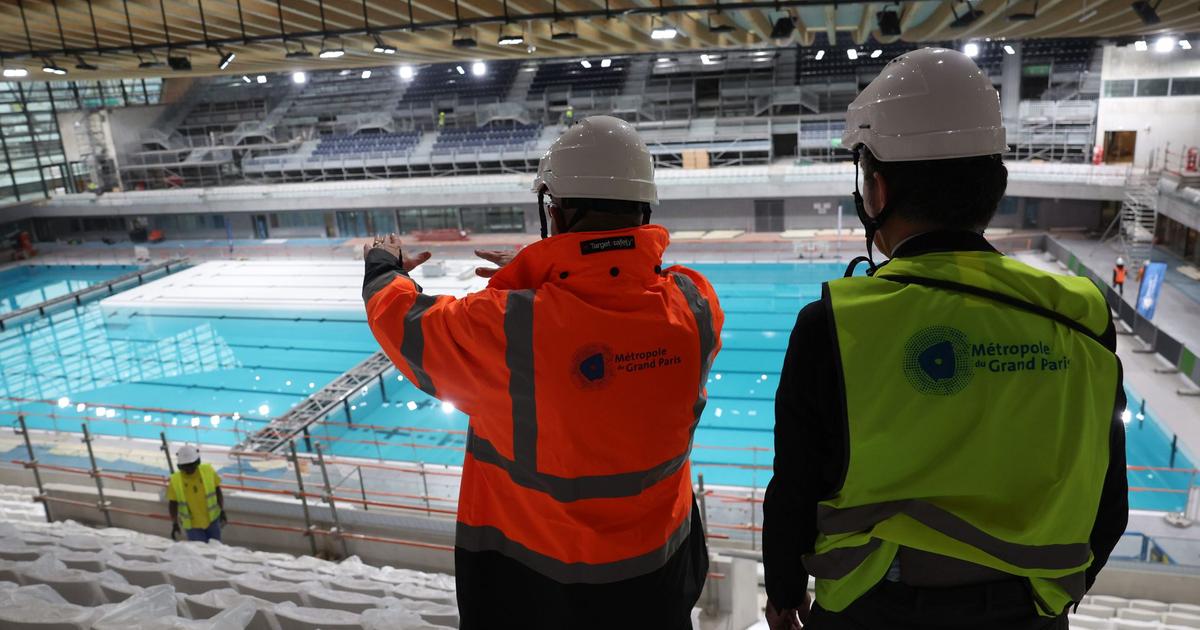The tertiary decree, a regulatory mechanism at the heart of the challenges of CSR policy
The Tertiary Eco Energy scheme is synonymous with constraints, but also opportunities for tertiary sector players.
The steps taken to comply with regulatory obligations are at the center of economic, social and environmental issues.
An opportunity to increase the value of real estate assets
Carrying out energy renovation work (insulation, heating) preserves the value of the building stock.
It increases their “green value” while protecting them from aging.
During a sale, the annual consumption certificate, provided by the French Environment and Energy Management Agency (Ademe), informs the buyer about the current energy performance of the building, with regard to the objectives. of the tertiary decree.
Good to know: The SRI label, an ally for combining the social, economic and environmental aspects of real estate investments
Extended in 2020 to real estate, the socially responsible investment (SRI) label encourages developers to improve their ESG rating (environmental, social and governance criteria).
At the same time, it offers a point of reference for savers looking for responsible investments.
In 2021, 960 funds were labeled SRI, representing a total of nearly 470 billion euros in assets.
A powerful lever for energy savings
The tertiary decree sets a timetable for the gradual reduction of the energy consumption of tertiary buildings:
- 40% in 2030;
- 50% in 2040;
- 60% in 2050.
These obligations require players in the tertiary sector to undertake the energy renovation of their building stock.
The latter allows them to have greater control of their energy expenditure while generating significant savings on energy bills.
Building managers have 5 levers of action to achieve the objectives imposed by the housing, development and digital development law (Elan):
energy performance;
the installation of high-performance equipment and devices to actively manage them;
improvement of operating methods for installed equipment;
adapting tertiary buildings to energy savings;
the behavior of the occupants.
Tertiary Eco Energy rating: raising awareness of the energy transition among occupants
The Tertiary Eco Energy rating allows owners, lessors or occupants to monitor their progress in the process of reducing energy consumption.
The Observatory of the energy performance of renovation and tertiary actions (Operat) gives them a rating, ranging from an unsatisfactory level of annual energy consumption (grey sheet) to an excellent level (three green sheets).
The evaluation is based on the analysis of the results obtained in relation to the reference objective (in absolute value), for each category of activity.
The rating must be displayed inside the building.
In this sense, it is a valuable ally in raising employee and customer awareness of the energy transition.
At the same time, it offers a pretext of choice to communicate around the company's CSR commitments.
The assessment allows them to consolidate their sustainable development roots while standing out from the competition.
Good to know: ESG data is increasingly important in CSR reports
ESG data is used to measure carbon emissions and energy consumption of buildings.
More and more companies are undertaking to assess their ESG impact to better control their environmental, societal and economic footprint.
The CRREM, a scientific tool to anticipate the environmental obsolescence of real estate assets
The Carbon Risk Real Estate Monitor (CRREM) project aims to analyze the risks of not adapting a portfolio of real estate assets to the “2 degrees” objective set by the Paris Agreements.
It was funded by the European Union's Horizon 2020 Research and Innovation program.
Available since the start of 2020 in a pilot version, the Excel tool precisely determines the "tipping point", the moment when greenhouse gas (GHG) emissions become higher than the sustainable maximum in the decarbonization trajectory.
The CRREM offers science-based courses of action to decarbonize the real estate sector.
It offers analysis possibilities at three scales:
building ;
the asset portfolio;
the company.
The set of indicators on carbon evolution facilitates prioritization and decision-making on possible energy renovation operations.
Optimzen, the solution to optimize the ecological transition and the health security of the tertiary park
The transition to a resilient tertiary building stock requires the support of energy optimization professionals.
Specialized in real estate intelligence, the French company Oze-Energies imagined Optimzen.
Its concept: simultaneously achieve energy savings and improve indoor air quality and occupant comfort for tertiary and residential buildings.
It implements communicating sensors, artificial intelligence and machine learning.
Its results: 25% energy savings on average, and improved air quality and occupant comfort.
They are obtained in a few weeks and do not require any work,
Deployed quickly, the OPTIMZEN solution is marketed by subscription and its results are sustainable.
Finally, its net cost is generally negative (because it is more than offset by energy savings).
Shared in SaaS mode, the solution is aimed at building owners, occupants as well as managers and maintainers.
It adapts to all climatic conditions and all regulatory environments.
OPTIMZEN prevents the regulatory and environmental obsolescence of buildings in terms of energy and reduces their carbon footprint in an optimal way.
Finally, it secures hygiene and air quality for their occupants.
Oze-Energies currently equips more than 5 million m2 of buildings with its solution.
Since its creation, it has saved tertiary players more than 12 million euros.
The OPTIMZEN solution is notably used by Union Investment RE, AG2R La Mondiale, Generali, SNCF Immobilier, Malakoff Humanis, BNP Paribas REIM, Société Foncière Lyonnaise, La Française REM, Swisslife AM, CommerzReal AG, Caisse Centrale de Réassurance, Banque Palatine, APSYS , CDC Habitat and In'li Action-Logement.
Finally, since its merger with Accenta, inventor of the RESPILOT low carbon heating/air conditioning solution, Oze-Energies is at the heart of the challenge of guaranteed decarbonization of the building by reducing, for heating and ventilation needs, up to 80% the purchased energy consumption and up to 95% the building's CO2 emissions.
The 4 key points to remember:
Compliance with the obligations of the tertiary decree offers levers for action to strengthen the CSR of companies.
The Tertiary Eco Energy system generates economic, social and environmental opportunities.
The SRI label encourages players in the tertiary sector to take ESG criteria into consideration in the development of their real estate portfolio.
THE CREM…








